Author: Will Lovell
I took my first trip to Prague, Czech Republic back in 2013 along with my wife and some friends, prior to which my only experience with classic Czech beer was the Pilsner Urquell and Budvar I found on store shelves. In the several days I spent in this beautiful historic city, I had the opportunity to try a handful of other less widely distributed traditional Czech styles, and it had a huge impact on my appreciation for lagers.
On one of our evenings in Prague, my wife and I went on a “Beer Tour” that ended up with us being at a local brewery drinking something called Tmavé Pivo – what the hell is that? To my delight, it was a deliciously drinkable dark lager, and while I may not recall the name of the brewery, I’ll never forget my first glorious pint of Czech Dark Lager, which the BJCP describes as:
A rich, dark, malty Czech lager with a roast character that can vary from almost absent to quite prominent. Malty with an interesting and complex flavor profile, with variable levels of hopping providing a range of possible interpretations.
Since that fateful day over a decade ago, I’ve not only had many more chances to drink excellent examples of classic Czech Dark Lager, but I’ve tried my hand at making several batches as well. While I’ve been very pleased with how these beers have turned out, all were brewed using more or less standard methods. Curious what might happen if I cut a few corners during the brewing process, I brewed one up using the Short & Shoddy approach and served it to tasters for evaluation.
| BREWING THE BEER |
Pleased with prior batches of Czech Dark Lager, I relied on them for inspiration when designing this Short & Shoddy recipe, making adjustments to account for the expected efficiency hit.
Short & Shoddy Czech Dark Lager
Recipe Details
| Batch Size | Boil Time | IBU | SRM | Est. OG | Est. FG | ABV |
|---|---|---|---|---|---|---|
| 5.5 gal | 30 min | 27.5 | 28.3 SRM | 1.051 | 1.01 | 5.38 % |
| Actuals | 1.051 | 1.01 | 5.38 % | |||
Fermentables
| Name | Amount | % |
|---|---|---|
| Bohemian Pilsner (Floor Malted) | 5 lbs | 34.19 |
| Maris Otter (Floor Malted) | 5 lbs | 34.19 |
| Munich I | 2.5 lbs | 17.09 |
| Caravienne Malt | 1 lbs | 6.84 |
| Pale Chocolate Malt | 12 oz | 5.13 |
| Midnight Wheat Malt | 4 oz | 1.71 |
| Chocolate Wheat | 2 oz | 0.85 |
Hops
| Name | Amount | Time | Use | Form | Alpha % |
|---|---|---|---|---|---|
| Saaz | 90 g | 30 min | Boil | Pellet | 2.4 |
| Saaz | 74 g | 15 min | Boil | Pellet | 2.4 |
Yeast
| Name | Lab | Attenuation | Temperature |
|---|---|---|---|
| Urkel (L28) | Imperial Yeast | 75% | 57.2°F - 51.8°F |
Notes
| Water Profile: Ca 52 | Mg 7 | Na 0 | SO4 84 | Cl 50 |
Download
| Download this recipe's BeerXML file |
I prepared for this brew day by collecting the full volume of water the night before and adjusting it to my desired mineral profile.
At 7:22 AM the following morning, I flipped the switch on my Delta Brewing Systems AIO controller the proceeded to mill the grain while waiting on the water to heat up.
When the water was properly heated, I stirred in the grist then checked to make sure it was at my target mash temperature.
Once the 30 minute mash rest was complete, I removed the grains and set the controller to heat the wort, during which I prepared the kettle hop additions.
The wort was boiled for just 30 minutes with hops added at the times stated in the recipe.
At the completion of the boil, I quickly chilled the wort before taking a refractometer reading showing it was at 1.051 OG, for a brewhouse efficiency of 54%.
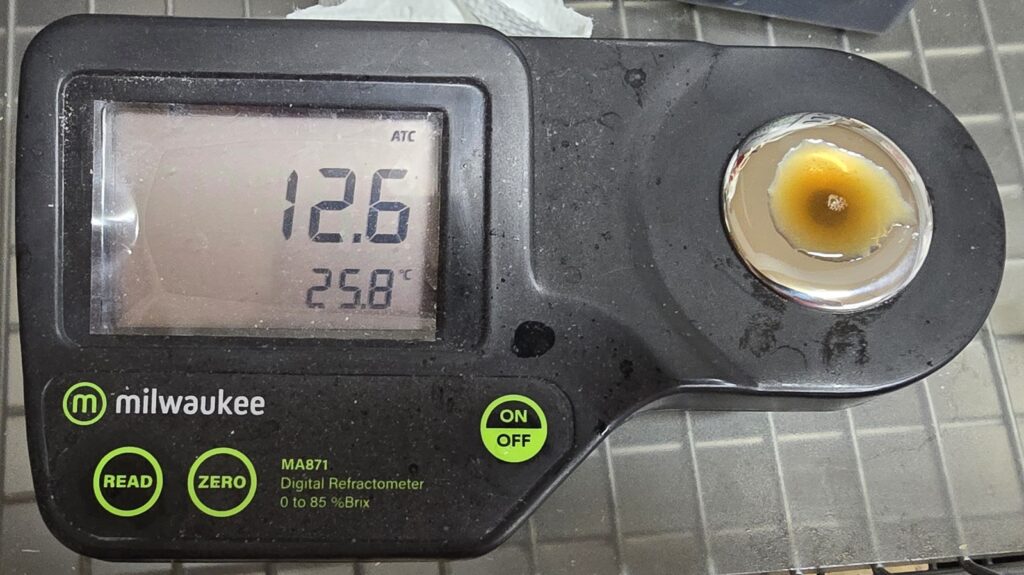
After transferring the wort to a sanitized fermenter, I direct pitched a pouch of Imperial Yeast L28 Urkel into the 68˚F/20˚C wort. The time was 9:17 AM for a total brew day time of just 1 hour 55 minutes.
While I did use my glycol chiller to maintain a consistent fermentation temperature, in classic Short & Shoddy fashion, I held this lager beer at 66°F/19°C. With signs of activity absent after 2 weeks, I took a hydrometer measurement showing FG had been reached.
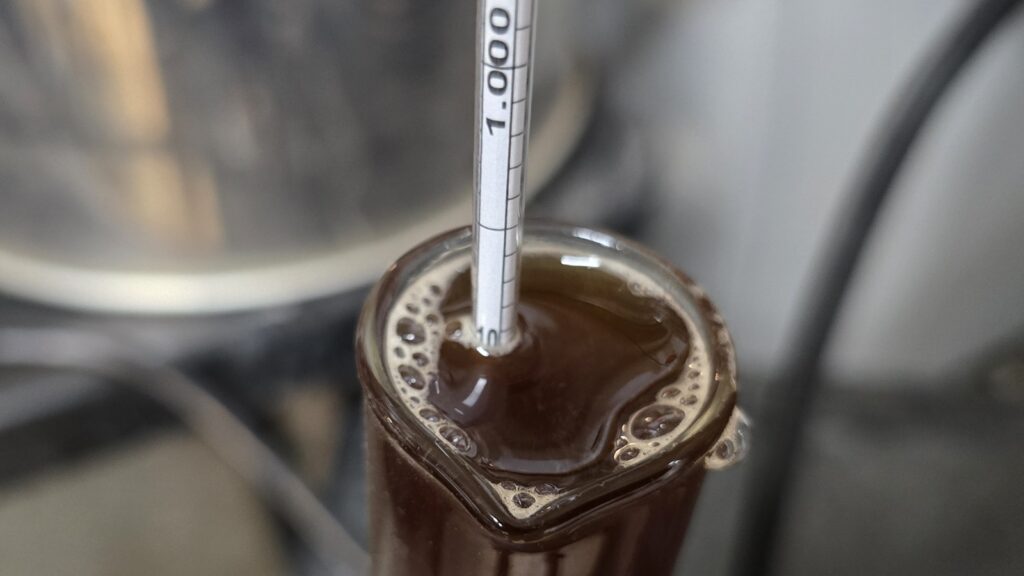
Following an overnight cold crash to 40°F/4°C, I pressure transferred the beer to CO2 purged keg that was placed in my keezer and burst carbonated at 40 psi for 15 hours before I reduced the gas to a serving pressure. After a couple weeks of cold conditioning, it was ready to serve to tasters.
| RESULTS |
A total of 20 people of various levels of experience participated in this Short & Shoddy evaluation. Participants were informed of the specific beer style and provided the BJCP description prior to completing the survey. Tasters were then instructed to rate how hoppy, malty, and dry they perceived the beer to be on a 0-5 scale where a rating of 0 indicated “not at all” and 5 indicated “extremely.”
Tasters were provided a list of common hop, malt, and yeast characteristics then instructed to select from each the one they perceived as being most prominent in the beer.
Hop Characteristics
Malt Characteristics
Yeast Characteristics
Next, participants were asked to indicate whether or not they detected any off-flavors in the beer; those who did were provided a list of common off-flavors and instructed to select the one they perceived as being strongest. Just one person felt they perceived an alcoholic and phenolic off-flavor in this beer.
Tasters were then asked to rate how well the beer represented the intended style, based on the provided BJCP description, on a 0-5 scale where 0 meant “not at all” and 5 meant “exactly.”
Finally, tasters were asked to rate how much they enjoyed the beer on a 0-5 scale where 0 indicated not at all and 5 indicated extremely.
My Impressions: This beer turned out well, which is to say, I thought it was a great example of Czech Dark Lager that definitely took me back to my time in Prague. I didn’t perceive it as having any notable off-flavors, despite the wonky brewing method I employed, and truly enjoyed drinking it and sharing it with others.
| CONCLUSION |
Europe has a rather deep brewing history, especially when it comes to lagers, with one of the most well-known regions for these crisp, drinkable styles being the Czech Republic. While pale, yellow Pilsner is what comes to mind when most think of beers from this country, brewers there have been producing a variety of different types of lagers since as far back as the 15th century, one of which is the delicious Czech Dark Lager.
As a traditional lager style, brewing Czech Dark Lager can be a fairly convoluted process that involves a decoction mash, extended boil, cool fermentation, and extended lagering. Interestingly, tasters of this Short & Shoddy version made with myriad corner-cutting methods not only seemed to enjoy it, but felt it was a fairly solid representation of the style, and only one person noted perceiving off-flavors.
While ratings on the malt and hop descriptors lined up with the BJCP description of Czech Dark Lager, a many tasters rated phenolics and esters as the most prominent fermentation characteristics. Having sampled this beer many times, I’m not entirely sure how they settled on this, as I felt the fermentation was surprisingly clean; it’s possible the descriptions included on that portion of the survey had some influence. Either way, I felt this Czech Dark Lager turned out quite well – light on the roast flavor with a nice blend of toffee, toast, and hints of chocolate, which was buttressed by a faint yet noticeable noble hop note. If I were to change anything, it’d be swapping out the Caravienne for Caramunich, as that’s my standard but I was out on brew day, but ultimately, I think this one is a winner as-is.
If you have thoughts about this Short & Shoddy brew, please feel free to share it in the comments section below!
Support Brülosophy In Style!
All designs are available in various colors and sizes on Amazon!
Follow Brülosophy on:
FACEBOOK | TWITTER | INSTAGRAM
If you enjoy this stuff and feel compelled to support Brulosophy.com, please check out the Support page for details on how you can very easily do so. Thanks!



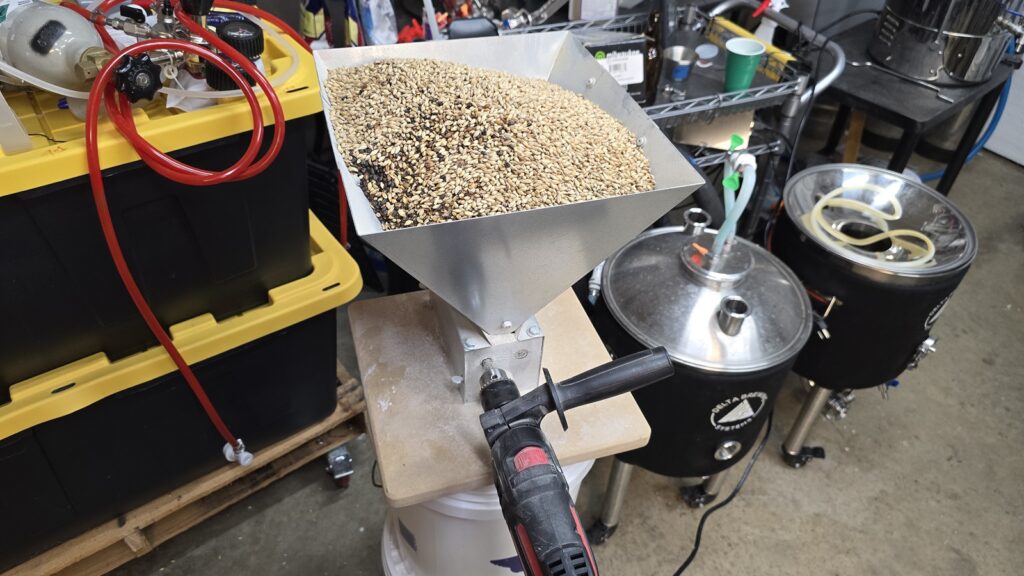
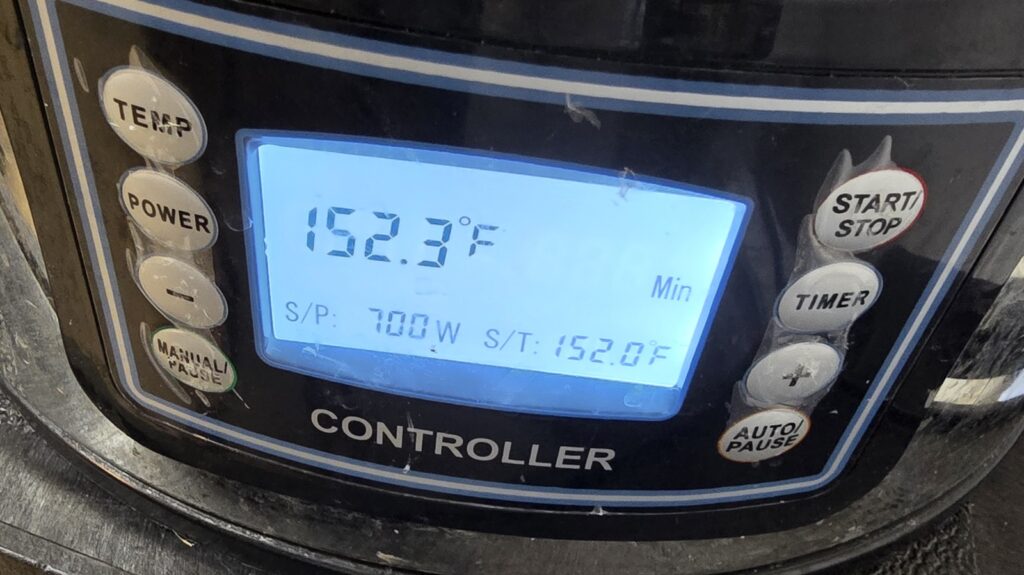
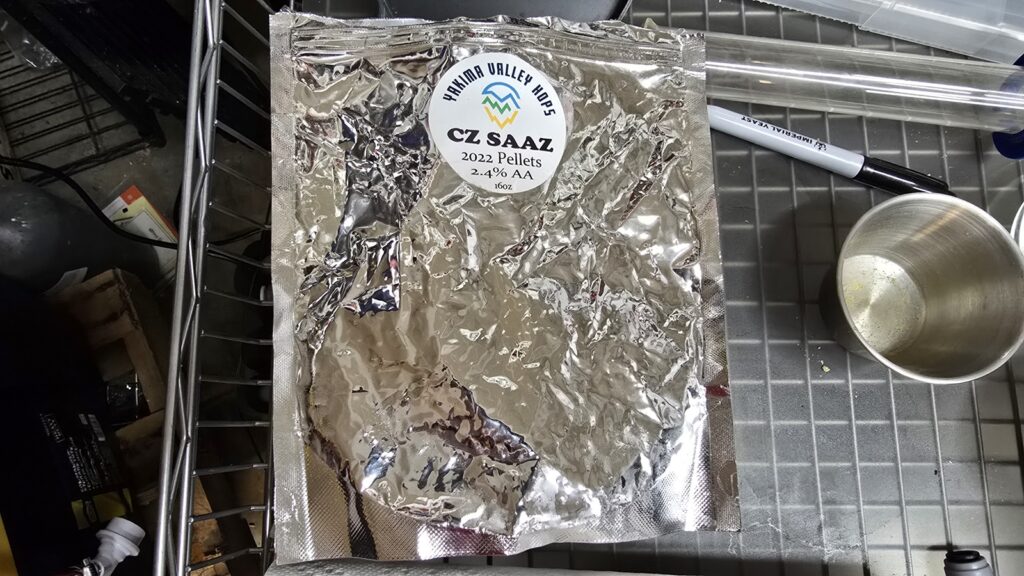
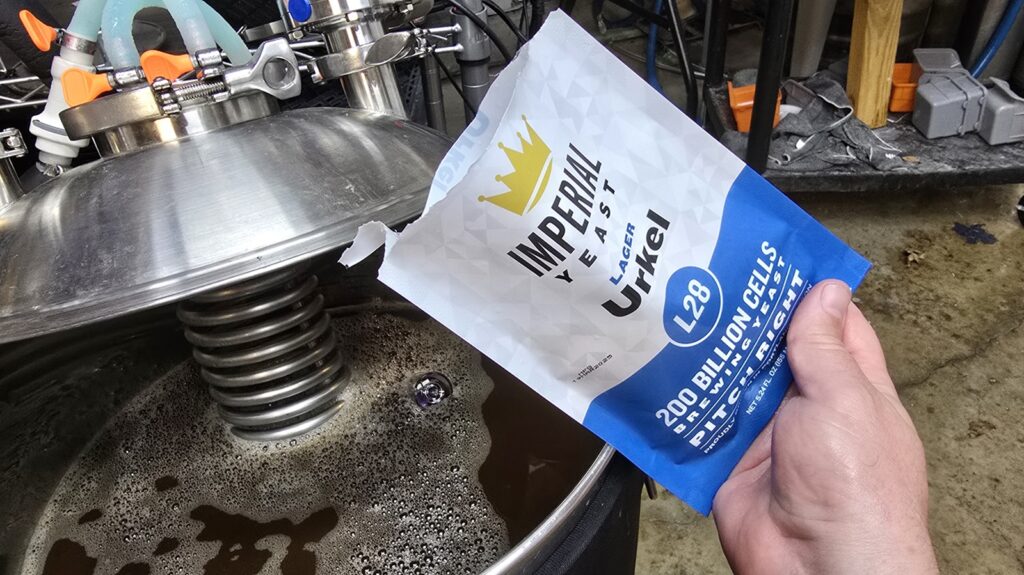
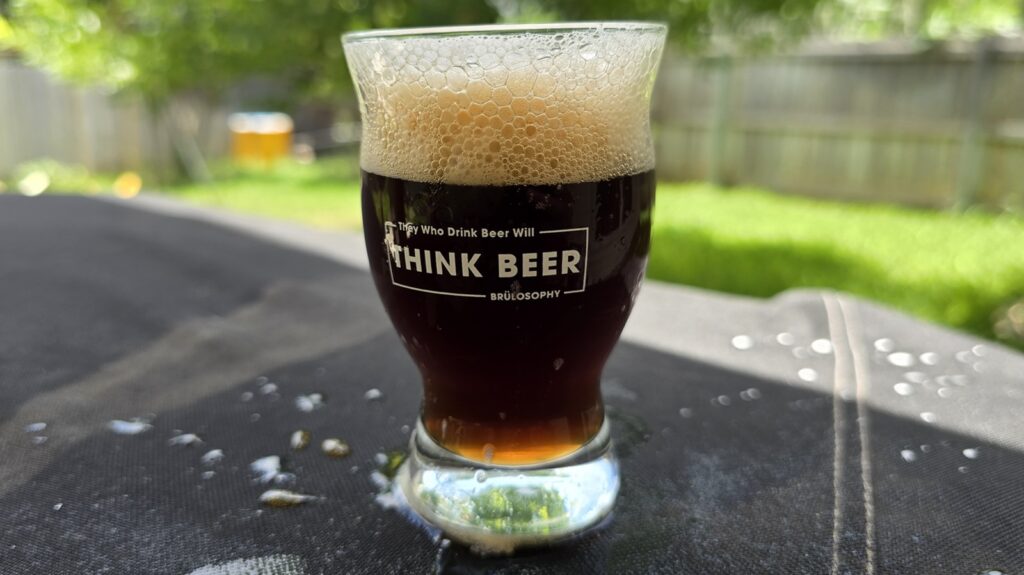
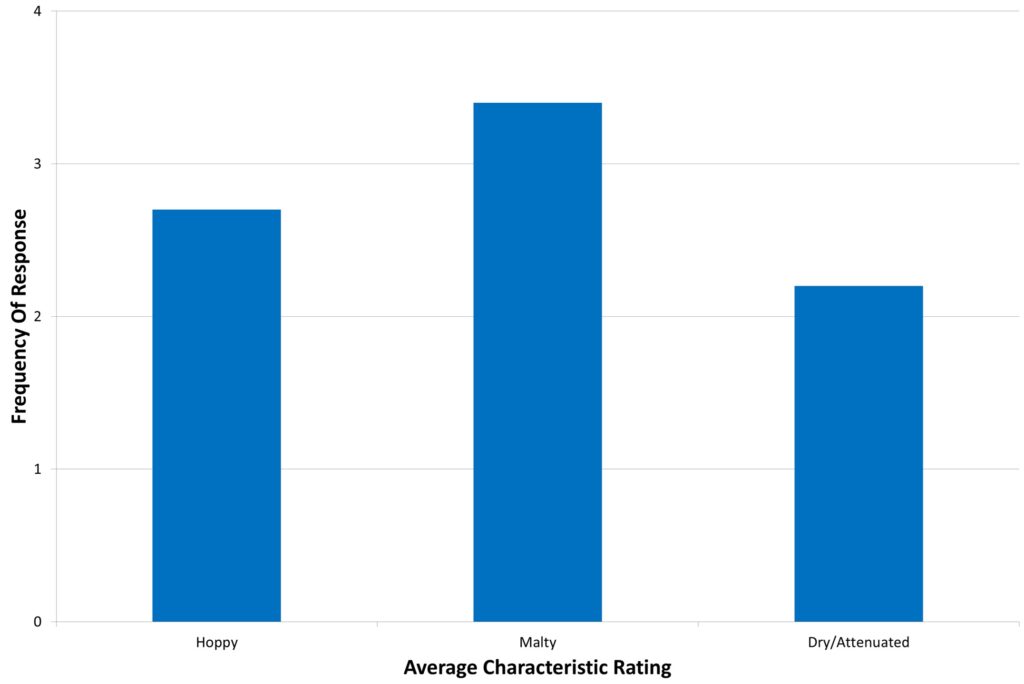


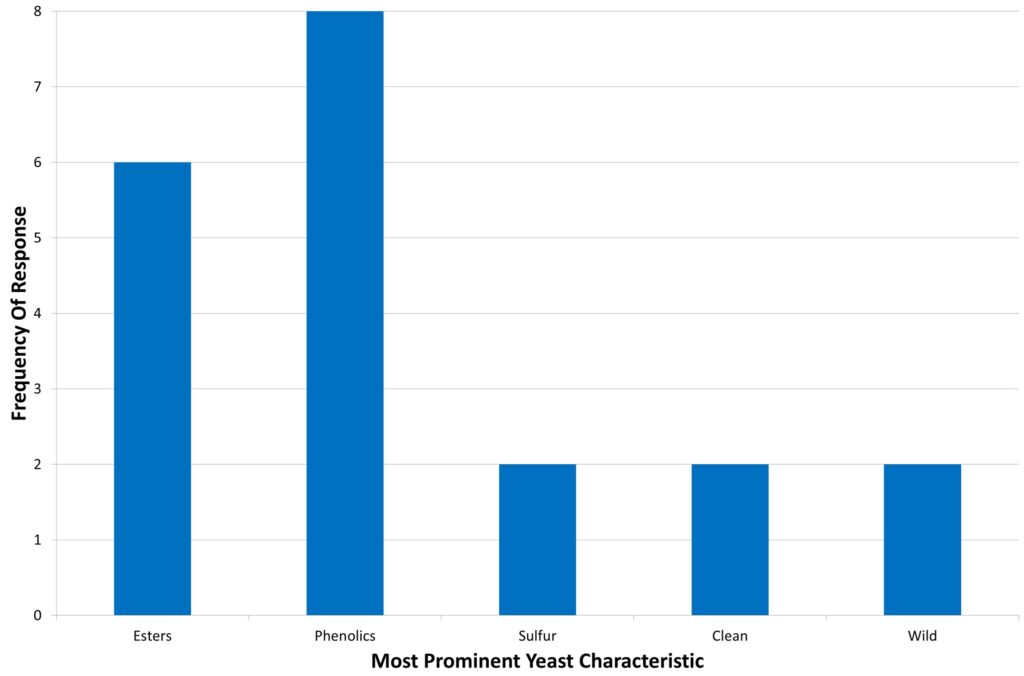
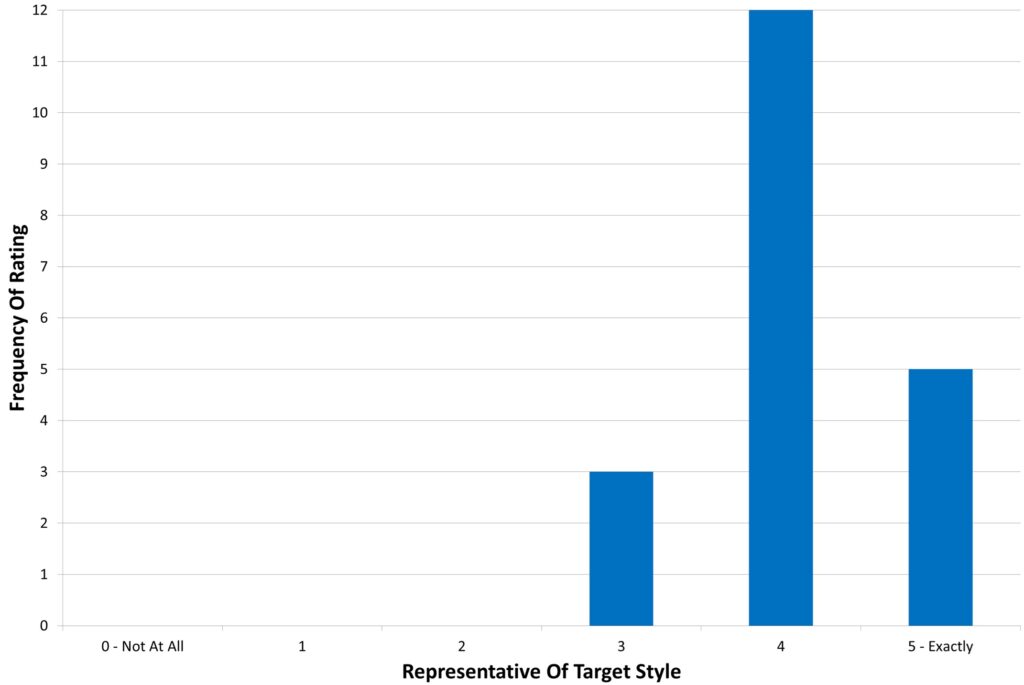
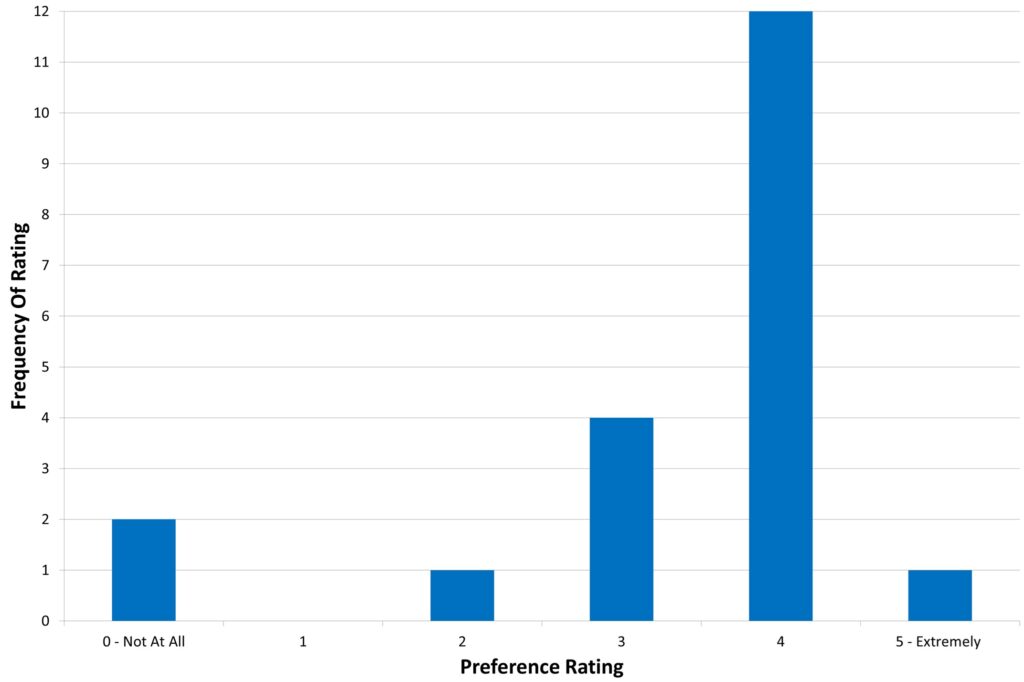










1 thought on “Short & Shoddy | Czech Dark Lager”
Great looking recipe that I will try. I noticed that for the hops you did not have a bitterness graph. I also wonder if the catty flavor is from sooo much hop material. I had to modify my recipe bit because of availability at my local HBS. The biggest change is replacing the M.Wheat & chocolate wheat with Carafa Special 2, and 1 kg (2.2 lbs) of the Pilsen with dark wheat. Then I will use an ale or California common yeast to avoid soft tissue injury (to me, not the yeast). Cheers